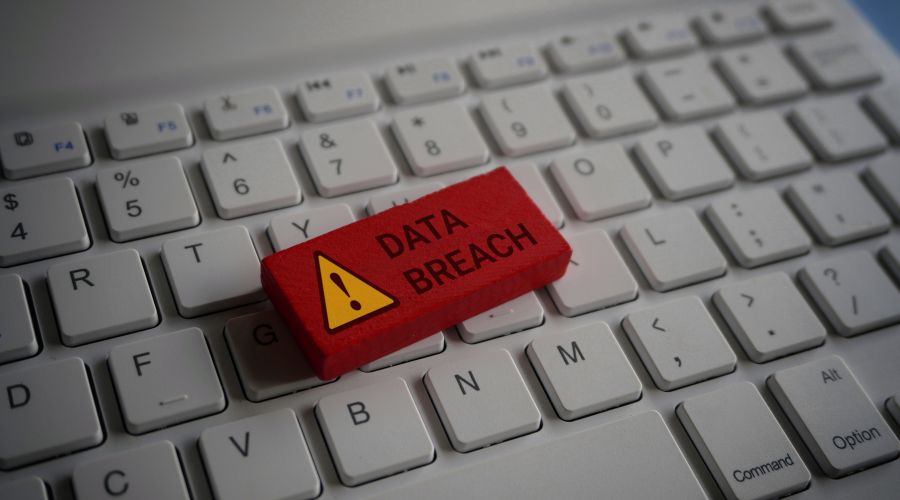The Evolving Landscape of Healthcare Security Threats
The healthcare sector continues to be a prime target for cybercriminals due to the value of patient data and the critical nature of healthcare services. In 2024-2025, we've seen several alarming trends:- Ransomware attacks specifically targeting smaller healthcare providers with limited IT resources
- Sophisticated phishing campaigns impersonating healthcare authorities or insurance providers
- Supply chain attacks targeting healthcare software vendors to compromise multiple organizations
- Insider threats, both malicious and accidental, leading to significant data exposures
Security Awareness Training: A HIPAA Requirement
The HIPAA Security Rule explicitly requires security awareness training as part of its Administrative Safeguards. Specifically, the rule mandates that covered entities and business associates must:- Implement a security awareness and training program for all workforce members
- Provide security updates on an ongoing basis
- Include procedures for guarding against, detecting, and reporting malicious software
- Implement procedures for monitoring login attempts and reporting discrepancies
- Establish procedures for creating, changing, and safeguarding passwords
Key Components of an Effective Healthcare Security Awareness Program
1. Executive Support and Security Culture
Successful security awareness begins at the top. When leadership demonstrates a commitment to security, employees at all levels are more likely to take it seriously. Creating a positive security culture means:- Incorporating security considerations into strategic planning
- Allocating adequate resources for security training and technology
- Recognizing and rewarding security-conscious behavior
- Leading by example in following security protocols
2. Comprehensive Security Awareness Content
An effective security awareness program should cover a wide range of topics relevant to healthcare settings:- Phishing Recognition and Response: How to identify suspicious emails, links, and attachments, particularly those targeting healthcare providers
- Social Engineering Tactics: Common techniques used to manipulate healthcare staff into divulging sensitive information
- Password and Authentication Best Practices: Creating strong passwords, using multi-factor authentication, and avoiding password reuse
- Mobile Device Security: Securely using personal and organization-issued devices that may contain PHI
- Physical Security Awareness: Proper handling of physical documents, screen privacy, and facility access controls
- Remote Work Security: Special considerations for telemedicine and remote administrative work
- Incident Reporting: How to recognize and report suspected security incidents or HIPAA violations
3. Tailored, Role-Based Training Approaches
Different roles within a healthcare organization face different security challenges. While all staff should receive foundational security training, role-specific modules can address the unique risks associated with different positions:- Clinical Staff: Focus on secure communication about patients, proper EHR usage, and device security in clinical settings
- Administrative Staff: Emphasis on email security, document handling, and identifying social engineering attempts
- IT Staff: Advanced training on security configurations, threat hunting, and incident response
- Management: Security governance, risk assessment, and fostering a security-conscious environment
4. Engaging Training Methods and Frequency
Traditional, text-heavy PowerPoint presentations are largely ineffective for security awareness. Modern training programs should utilize a variety of engaging methods:- Microlearning: Short, focused lessons (3-5 minutes) delivered regularly rather than annual marathon sessions
- Simulated Phishing: Safe, controlled phishing exercises that provide immediate feedback and teaching moments
- Gamification: Incorporating points, badges, or competition to increase engagement
- Real-world Scenarios: Case studies of actual healthcare breaches and how they could have been prevented
- Interactive Decision-making: Simulations that require employees to make security decisions in realistic scenarios
Measuring the Effectiveness of Security Awareness Programs
Implementing a security awareness program is only half the battle; measuring its effectiveness is equally important. Key performance indicators might include:- Phishing Simulation Click Rates: Tracking improvements in phishing recognition over time
- Security Incident Reports: Monitoring both the quantity and quality of employee-reported security concerns
- Policy Compliance Metrics: Measuring adherence to security policies through audits or automated monitoring
- Knowledge Assessments: Regular testing to gauge retention of security principles
- Behavioral Observations: Monitoring for improved security behaviors (clean desk policy compliance, proper badge usage, etc.)
Common Challenges and Solutions in Healthcare Security Awareness
Healthcare organizations face unique challenges when implementing security awareness programs:Challenge: Time Constraints for Clinical Staff
Solution: Implement microlearning approaches that deliver training in 3-5 minute segments that can be completed between patients or during natural breaks in the workflow.Challenge: Resistance to Change
Solution: Emphasize the connection between security practices and patient care outcomes. When staff understand how security breaches can disrupt care delivery and harm patients, they're more likely to embrace new practices.Challenge: Diverse Workforce with Varying Technical Skills
Solution: Develop tiered training content that addresses the same concepts at different technical levels, ensuring all staff can understand the material regardless of their technology comfort level.Challenge: Measuring Real Behavioral Change
Solution: Implement regular security assessments, including simulated phishing, unannounced physical security checks, and other practical tests that measure actual behavior rather than just knowledge retention.The Role of Technology in Security Awareness
While security awareness is primarily about people and processes, technology plays an important supporting role in modern programs:- Learning Management Systems (LMS): Tracking completion, scheduling refreshers, and delivering consistent content
- Phishing Simulation Platforms: Safely testing employee awareness and providing teachable moments
- Security Awareness Portals: Centralized repositories of security resources and reporting tools
- Just-in-Time Training Tools: Delivering relevant security reminders at the moment of risk (e.g., warnings when sending emails with potential PHI)
From Awareness to Action: Building a Security-Conscious Workforce
The ultimate goal of any security awareness program is to transform knowledge into action—to create a workforce that not only understands security principles but consistently applies them in daily work. Achieving this transformation requires:- Clear Expectations: Explicitly defining security responsibilities for all roles
- Practical Application: Providing opportunities to practice security skills in realistic scenarios
- Positive Reinforcement: Recognizing and rewarding security-conscious behaviors
- Just Culture: Encouraging reporting of incidents and near-misses without fear of punishment
- Continuous Improvement: Regularly updating training based on emerging threats and feedback
Conclusion: Security Awareness as a Strategic Advantage
In today's healthcare environment, effective security awareness is more than just a HIPAA requirement—it's a strategic advantage. Organizations with robust security awareness programs experience fewer breaches, recover more quickly from security incidents, and maintain stronger patient trust. By investing in comprehensive, engaging, and continuous security awareness training, healthcare organizations not only meet their compliance obligations but also build a human firewall that serves as their most effective defense against evolving cybersecurity threats. Remember that security awareness is not a one-time project but an ongoing process that requires sustained attention and resources. When approached strategically, it becomes one of the highest-ROI investments in your overall security and compliance program.Strengthen Your First Line of Defense
Your staff is your most important security asset. Take our Free HIPAA Training and Instantly Receive Certificate to ensure your team is prepared to protect patient information against today's threats.
Start Free HIPAA Training Now



